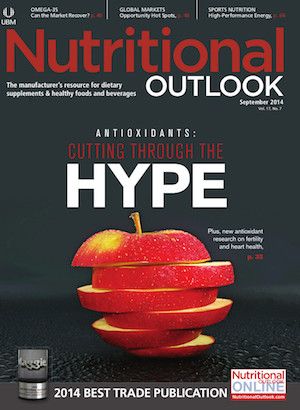Testing Honey for Rice Syrup Adulteration
A certain test method may be best for this kind of ingredient testing.
Because consumers enjoy honey for its sweet taste, and maybe even its nutritional properties, this nectar byproduct is always in high demand. With high demand usually comes adulteration, and honey can easily be faked with cane sugar, beet sugar, corn syrup, and other cheap alternatives. As a defense against shady suppliers who might adulterate honey with rice syrup, Chinese researchers have employed a new test that is already used to test other foods: three-dimensional fluorescence spectra (3DFS). It appears to work out just fine.
Recording their results in the journal Spectrochimica Acta, researchers from Jiangsu University analyzed common pure honey from four flower sources (sunflower, longan, rape, and buckwheat) procured from nearby bee farmers. They mixed various ratios of rice syrup into each honey sample-164 in total-and analyzed each one for the adulterant via 3DFS. After calibrating all four types honey separately, they determined that 3DFS has “high potential” in testing honey for adulteration.
3DFS may be a valuable tool for honey testing for a variety of reasons. The Jiangsu team says other techniques already used for honey testing-high-performance liquid chromatography (HPLC), thin layer chromatography (TLC), middle infrared (MIR) spectroscopy, and so on-require more time for testing, are more difficult to use, and can even damage the test material. For reassurance, they say that 3DFS is already used in sectors such as tea, spirits, and wine.
With this study now complete, honey manufacturers who want to ensure authentic honey taste and honey phytochemicals in their products should consider this test procedure.
Photo by ©iStockphoto.com/O76Robby Gardner
Associate Editor
Nutritional Outlook magazine
robby.gardner@ubm.com
